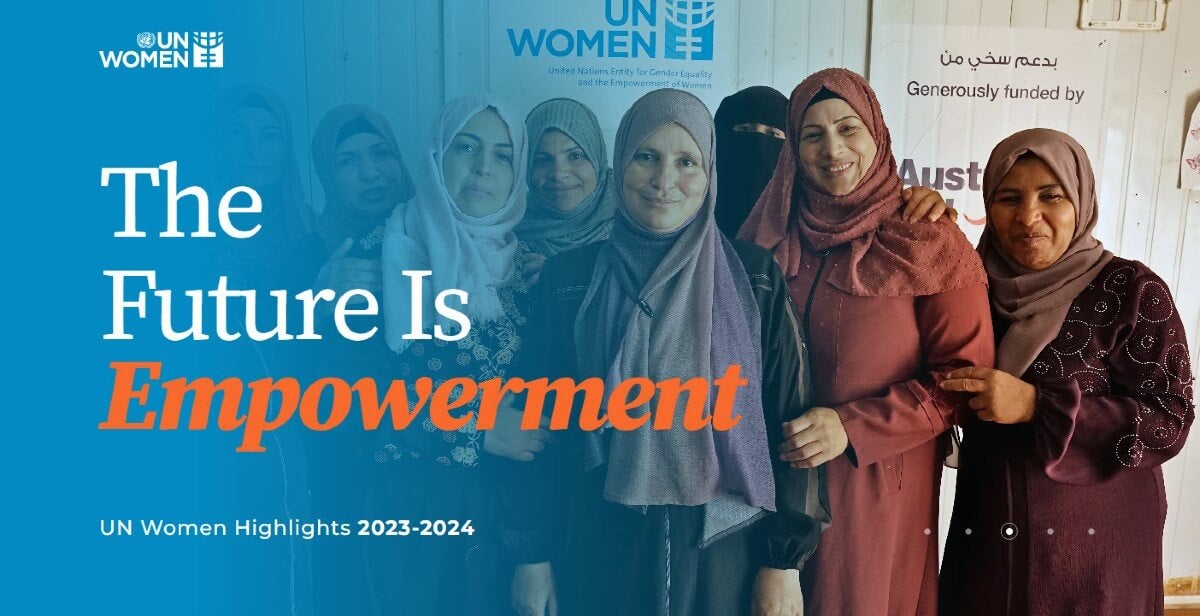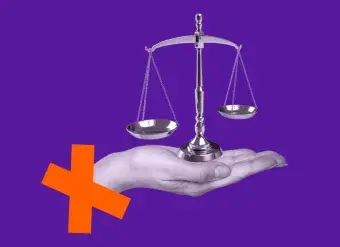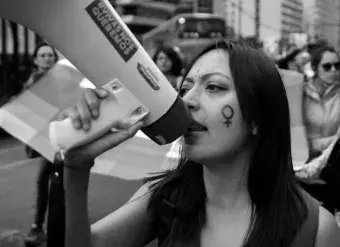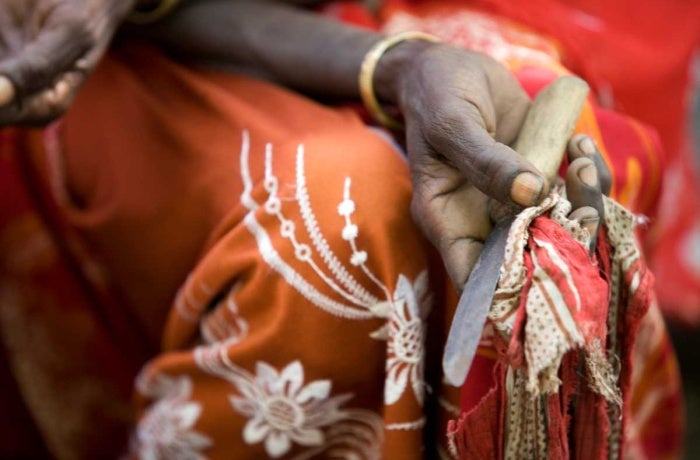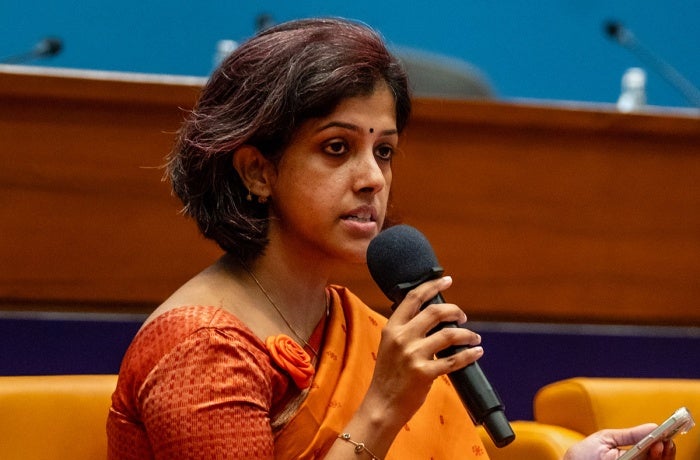Ten ways to prevent violence against women and girls

Violence against women and girls is one of the most pervasive human rights violations in the world, affecting one in three women. Addressing and eradicating it requires more than just reacting to violence when it happens; it mandates proactive and innovative solutions.
A key to these solutions lies in investing in and empowering women’s rights organizations. They possess the knowledge, tools, and determination to reshape societies to be safer, more inclusive, and just.
Recognizing this potential, the UN Trust Fund to End Violence against Women (UN Trust Fund), a global inter-agency grantmaking mechanism managed by UN Women on behalf of the UN system, distilled lessons from its archive and worked with 70 civil society organizations worldwide and to identify Ten pathways to prevent violence against women and girls:
Empowering women to break the silence on violence
Mobilizing women to become change agents emerged as vital to address violence. When projects mobilize women as community facilitators and create safe spaces, they can better reach particularly marginalized communities and make prevention initiatives more effective.
In Nepal, The Story Kitchen held “storytelling workshops”, where community facilitators who were survivors of the country’s civil war interviewed other women about their experiences of violence, offering them a chance to own their personal narratives to break the cycle of intergenerational violence. The Story Kitchen conceived of such spaces, not only as “safe spaces”, but also as “brave spaces”.
Community mobilization
Grassroots organizations are pivotal in mobilizing communities and building trust, which is critical to avoid backlash against or distancing from prevention programmes.
- Raising Voices has pioneered the SASA! approach, which combines identifying power imbalances within communities, a phased roll-out of initiatives, reaching community members at different levels including police and health care workers, and reinforcing the positive benefits of non-violence.
- In Nicaragua, MADRE, in partnership with Wangki Tangni, mobilized communities to create action plans whereby communities collectively identified key issues and priority actions for addressing violence against women.
Considering women’s diverse realities
Adopting an intersectional perspective when addressing gender-based violence is essential. Understanding how different women’s realities overlap and influence their experiences of violence allows for more effective strategies and prevents overlooking vulnerabilities.
- HelpAge Moldova found that gender-based violence services were unaware of violence experienced by older women in their homes and addressed this gap through its programme.
- In Colombia, Fundación Mundubat empowered Afro-Colombian and Indigenous women in rural and poverty-stricken areas by focusing on prevention and care to challenge community systems of patriarchy, racism, and classism.
Transformative learning
Effective prevention requires training for behaviour change. Tools like manuals, apps, and websites are vital to reinforce best practices and strengthen institutional knowledge.
- Physicians for Human Rights trained clinicians, police, and legal experts on documenting sexual violence forensically. They also introduced a medical glossary to enhance understanding of sexual violence crimes.
- Breakthrough Trust in India draws heavily from multimedia and social media in interventions. The initiative’s youth activists received training on core gender and human rights concepts, as well as on executing digital campaigns.
Engaging religious and community leaders
Faith-based and traditional figures play a pivotal role in violence prevention, acting as cultural gatekeepers and shaping social norms, either supporting or hindering initiatives.
- In Togo, many women and girls are forced to engage in harmful traditional widow cleansing practices for fear of reprisals. Alafia, an NGO working to end this harmful practice, found local communities were more receptive to changing their practices when human rights laws were put in the context of their traditional beliefs.
Navigating inaction and backlash
Organizations tackling violence against women frequently face resistance, including legal gaps, denial of gender-based violence, and inaction. More aggressive, or active, forms of pushback occur when certain groups try to obstruct changes, or when vulnerable groups face discrimination and violence from those in power.
- Serbia’s Association Roma Novi Bečej found that despite Roma leaders showing an increased awareness of early and forced marriage, their support was nominal and did not result in changing practices. The organization focused on boosting public awareness of the issue to garner broad support for policy improvements.
- In Turkey, the AÇEV Mother Child Education Foundation’s partnership with a state ministry crumbled, severely disrupting its program. This challenge spurred a shift to a grassroots model by engaging with local communities and partners.
Adaptive programming
Women’s rights organizations often face unstable conditions, complex partnerships, and shifting sociopolitical landscapes. Knowledge gathering, flexible funding, and adaptive approaches are crucial to address changing circumstances.
- The Institute for Young Women’s Development in Zimbabwe holds monthly meetings with an activist committee to review, adjust and evaluate its strategy to guarantee programme success.
- The Women’s Justice Initiative in Guatemala met local leader resistance but adapted its programme by holding more explanatory meetings and boosting leader participation.
Empowering youth
Adolescence, especially for girls, is a critical stage for early interventions to prevent violence. Many projects chose to empower young people as agents of change to enhance the outcome of prevention interventions.
- Plan International Viet Nam applied a whole-school approach to empower adolescents to form peer support groups and raise awareness for violence prevention.
- In Nepal, Restless Development empowered adolescent girls and civil society organizations to campaign against chhaupadi, a practice that prohibits young girls and women from participating in normal activities while menstruating. They rallied national leaders and media to secure the government’s focus to enforce a 2008 directive against the harmful practice.
Survivor-centered responses
Gender-based violence prevention initiatives must center on survivors, involve them in the design process, and prioritize their needs.
- World Hope International in Cambodia enhances service providers and multisectoral systems aiding victims.
- Al Shehab in Egypt provides direct survivor-centred support to survivors, including medical, legal, and psychological services.
Institutionalizing prevention
To effectively implement gender-based violence prevention laws and policies the police and government ministries need proper training and mindset shifts. Civil society organizations can play a key role in fostering these changes and connecting communities with formal mechanisms.
- In Palestine, the Women’s Centre for Legal Aid and Counselling gave young female sharia lawyers training in violence prevention.
- Pragya in India established community kiosks offering legal guidance and government service connections, staffed by informed volunteers.





